Travel’s rebound has revealed the
depth of our drive to explore the world. Why do we travel? For food, culture,
adventure, natural beauty? This year’s list has all those elements, and more.
اضافة اعلان
Palm Springs, CaliforniaSpotting stars in the streets and
counting galaxies in the sky
Yes, this is the land of midcentury
nostalgia, with its low-slung modernist architecture and the recent return of
the 8-meter-tall “Forever Marilyn” statue. But these days, there is another
headliner: the surrounding desert, and the dark skies above.
Astrotourism is on the rise, with a
constellation of ways to explore the cosmos, including at the Rancho Mirage
Library and Observatory, which offers tours and monthly “Swoon at the Moon”
events. Unfurl a blanket on the desert floor and gaze up at the starry sky at
Joshua Tree National Park. This designated International Dark Sky Park has one
of the darkest skies in California, with stargazing treks and the annual Night
Sky Festival.
The desert nature and history that flourish
around Palm Springs are also shaping the city’s landscape, including the new
Palm Springs Downtown Park, designed to reflect Indian Canyons, ancestral home
of the Agua Caliente Band of Cahuilla Indians; the Agua Caliente Cultural Plaza
and Museum, which, when it opens later this year, will be one of the largest
Native American cultural centers on the US West Coast; and new desert-inspired
hotels like Azure Sky.
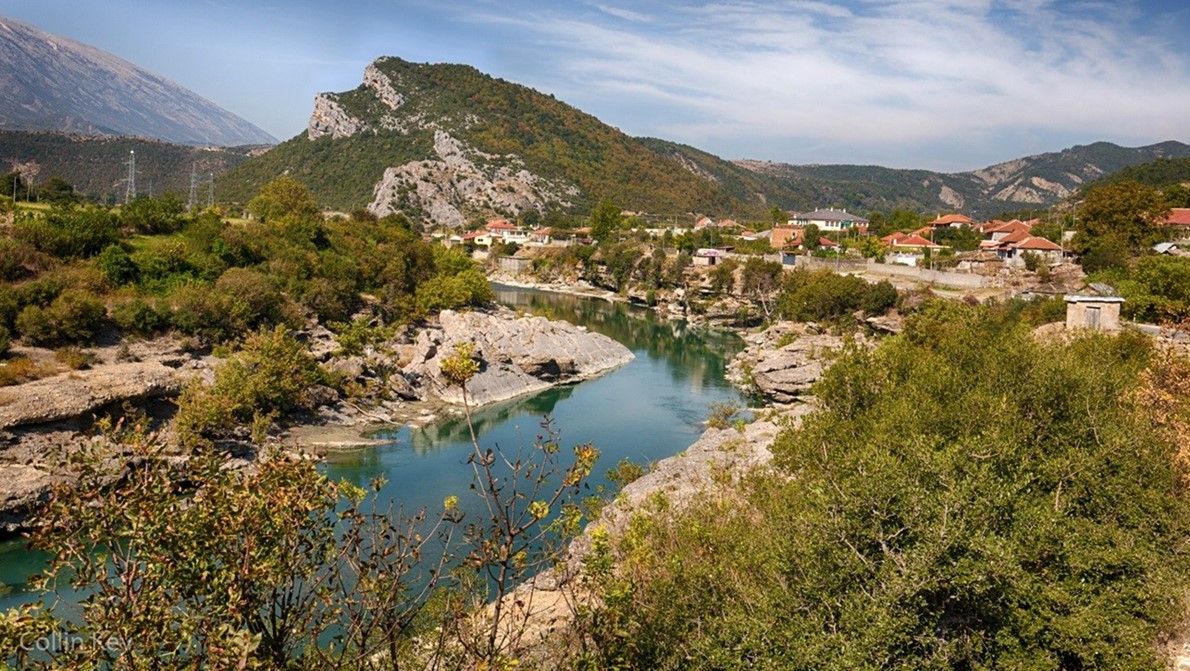 Vjosa River, Albania
Vjosa River, AlbaniaCycling through the canyons and valleys
of one of Europe’s last untamed waterways
Protecting the Vjosa, one of Europe’s last
undammed rivers, has not been easy. After a decade of proposed projects that
threatened to alter the waterway’s wild flow, its innumerable ecosystems and
its valleys strewn with ancient communities, the Albanian government signed a
commitment last June to create the Vjosa Wild River National Park.
Making good on that pledge, scheduled to
become reality in 2023, will establish a global conservation model while preserving
the country’s canyon-lined, 190-km stretch of the 272-km waterway, which runs
from the Pindus Mountains in Greece to the Adriatic Sea, as well as including
around 95km of tributaries.
For travelers — on trails like Albania’s
new UNESCO Cycling Route (opening this month), which runs along the river and
visits World Heritage Sites like the city of Gjirokastra — safeguarding the
Vjosa and its river system, with over 1,100 animal species, encourages
responsible discovery of alpine settlements, where locals welcome adventurers
for coffee, raki (fruit brandy), and a chance to imbibe oft-overlooked Balkan
culture.
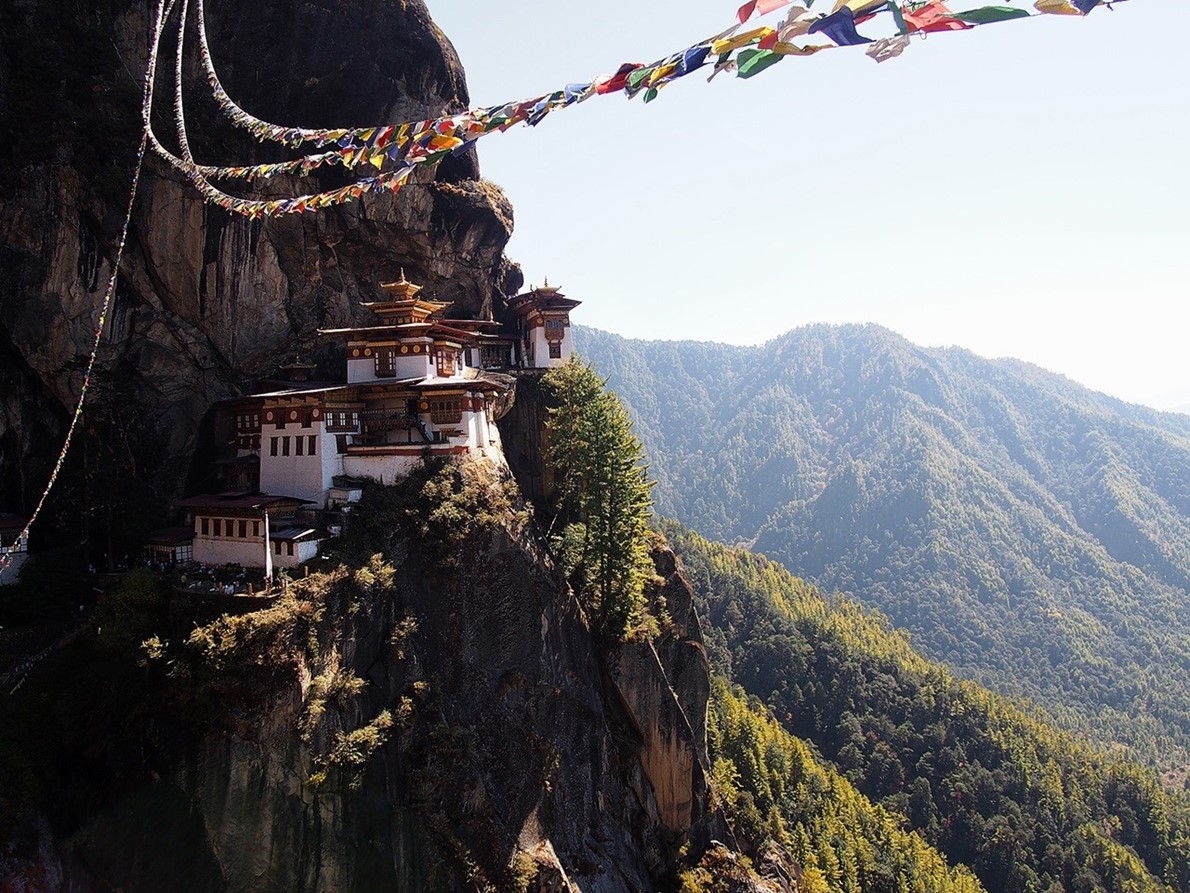 Bhutan
BhutanCliff-top fortresses and rhododendron
forests on a revived trekking trail
After two-and-a-half years of pandemic
isolation, Bhutan reopened in September with changes to its long-standing “high
value, low volume” tourism policy. Visitors are no longer required to travel on
package tours, but Bhutan’s mandatory “sustainable development fee” increased
to $200 from $65 per day.
At the same time, the 400-km Trans Bhutan
Trail, a path used for centuries as a pilgrimage and communications route,
reopened after a three-year restoration that mended suspension bridges, stone
stairs, and long-overgrown temples. The trail stretches east to west across
nearly the entire country, passing through cities, villages, farmlands, and
wilderness. Depending on the route and time of year, trekkers might spy the
snowcapped Himalayas, visit cliff-top fortresses, scale sacred mountain passes,
or pass through blooming rhododendron forests.
Official guides are required, and
itineraries range from half a day to more than a month. Accommodations include
guesthouses, home stays, luxury hotels, and well-appointed campsites on each of
the trail’s 28 sections. Proceeds from trips booked with Trans Bhutan Trail,
the nonprofit that led the restoration, go toward trail maintenance,
educational programs, guide training and other community causes.
 Kerala, India
Kerala, IndiaLearn to climb a palm tree, visit a
temple during an annual festival, and get a sustainable taste of village life
We travel to immerse ourselves in other
cultures, but some forms of community tourism put residents on display without
offering benefits. Not so in Kerala — a southern Indian state celebrated for
its beaches, backwater lagoons, cuisine, and rich cultural traditions like the
Vaikathashtami festival — where the government has adopted an award-winning
approach that allows visitors to experience village life while supporting the
communities that host them.
In Kumarakom, one of several “responsible
tourism destinations” in the state, visitors can paddle through jungly canals,
weave rope from coconut fiber, and even learn to climb a palm tree. In
Maravanthuruthu, visitors can follow a storytelling trail and enjoy village
street art before taking in an evening performance of a traditional temple dance.
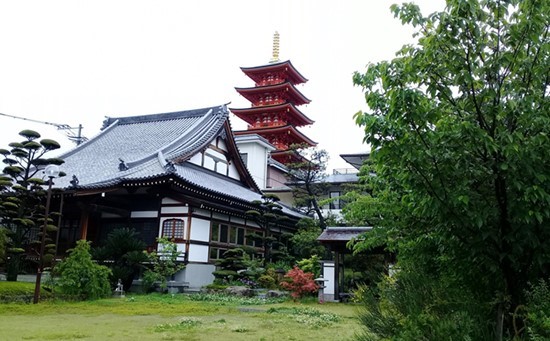 Fukuoka, Japan
Fukuoka, JapanSavoring an endangered street-food
tradition on the often overlooked island of Kyushu
Fukuoka, a subtropical city perched on the
northern shore of Kyushu, is one of the few remaining places in Japan where you
will see rows of yatai — open-air street-food stalls resembling boxes of neon
light. Many sell traditional foods like ramen, yakitori, and oden, but if you
stroll along the riverfront on Nakasu, a small island that is Fukuoka’s
red-light district, you will find some diversity with wine, coffee, and even
French sausages and garlic toast.
Yatai were a common sight across Japan in
the 1950s, but during the 1964 Summer Olympics, the authorities had them
removed to project an image of economic recovery. In the present, Fukuoka is
the only city left that is fighting this bureaucracy. The government has
acknowledged the cultural significance of yatai by increasing the safety and
quality of the food and by offering more licenses in 2022. Even so, the number
of yatai has fallen drastically to around 100 stalls today from more than 400
in the 60s. Pull up a seat while you can and enjoy rubbing shoulders with
strangers over supper again.
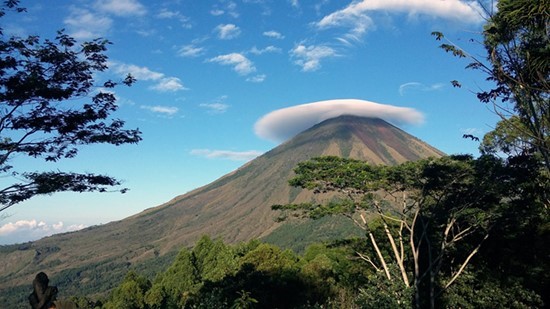 Flores, Indonesia
Flores, IndonesiaAn island paradise where crater lakes
change color and 3-meter dragons roam
The term “fairy-tale getaway” is overused,
but what else do you call a far-off, unspoiled, Southeast Asian island with 3-meter
Komodo dragons, active volcanoes, white-sand beaches, coral gardens, rushing
waterfalls, and color-shifting crater lakes reputed to house departed spirits?
Such are the allures of Flores, one of the
roughly 17,500 islands of the Republic of Indonesia. An hour’s flight from Bali
and far less visited, Flores may be seeing more visitors with the scheduled
opening late this year of Kodi Bajo, a luxury resort in the fishing town of
Labuan Bajo. Operated by the group behind the NIHI hotel on Sumba, a nearby
Indonesian island, Kodi Bajo will offer sumptuous hillside accommodations and
views of the nearby Komodo National Park archipelago — the only place in the
world inhabited by the famous giant lizards.
 Kakheti, Georgia
Kakheti, GeorgiaNew flavors and ancient winemaking
traditions in tiny hilltop towns and green valleys
The mountainous nation of Georgia’s
8,000-year-old winemaking tradition is at the center of several new trends in
the wine world, including skin-contact (aka orange) wines, amphora fermentation,
and charismatic grape varieties like saperavi. As a result, Georgian wine
exports to the US recently topped 1 million bottles and are growing at almost
29 percent annually, as Wine Enthusiast recently reported.
For wine lovers, a tasting trip to estates
like Vazisubani and Kardanakhi in Kakheti offers a chance to discover new wines
in a landscape of tiny hilltop towns and verdant valleys framed by the
Caucasus. Many wines are made in traditional pointed qvevri clay vessels that
are buried in the earth.
To complement the experience, local chefs
have started offering cooking classes where gastronomes can learn how to make
the meaty dumplings known as khinkali and other dishes from what Saveur
magazine called “Europe’s great unsung cuisine”.
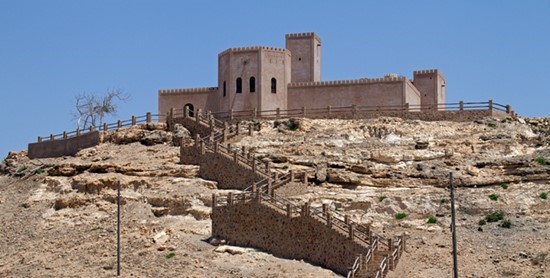 Salalah, Oman
Salalah, OmanA historic frankincense-trading center
where the desert erupts in waterfalls
With last year’s World Cup drawing
attention to the built environment elsewhere in the Persian Gulf states,
seaside Salalah offers visitors a chance to see the region’s natural beauty.
Depending on when you go, the area is either lush and green and blanketed in
thick fog, or basking in sunlight and a warm breeze.
During the khareef (monsoon), the valleys
and riverbeds are flooded with fresh water, and the mountains flow with
waterfalls. The city is also home to Al Baleed Archaeological Park and the
Museum of the Frankincense Land, which provides a visual history of the ancient
incense trade and the associated export routes to the rest of the world. (A
nearby collection of sites, known as the Land of Frankincense, is on the UNESCO
World Heritage List.) Another draw is the collection of historical ports spread
along the coast.
The population of Salalah, one of Oman’s
largest cities, is around 330,000, so it is easy to find oneself alone in the
crystal clear waters of the area’s many tranquil beaches, including Mugsail,
Fazayah and Haffa.
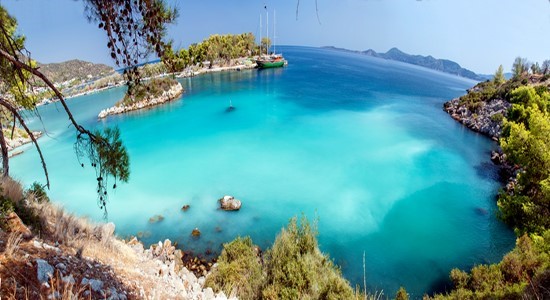 Methana, Greece
Methana, GreeceA hike, a stroll or a run into the
Bronze Age followed by a soak in an ancient tub
Athens’ nearest active volcano, Methana,
sits on a peninsula of the same name some 50km southwest of the Greek capital.
Though largely unknown to tourists, the area is slowly evolving, in part
because of its increasing popularity as a hiking destination.
In recent years, groups of locals have
managed to reopen and map old walking paths, some of which date to the Mycenaean
Era, creating hiking trails that attract visitors from around the world. (So
far, more than 28km have been cleared and marked.) The Methana Volcano
Challenge, first organized in 2021, offers a trail run across the peninsula’s
sloping landscape.
Visitors to this volcanic peninsula can
also enjoy several hot springs, the most interesting of which is an ancient
(and recently renovated) tub known as the Pausanias Baths near the village of
Agios Nikolaos.
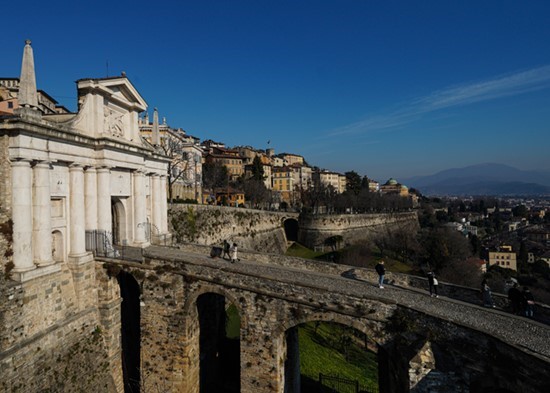 Bergamo and Brescia, Italy
Bergamo and Brescia, ItalyOpen-air theater, art, music, and a
plateful of local delicacies in a cultural crossroads
Milan may outshine Bergamo and Brescia, but
in 2023 a spotlight will fall on these two Lombardy cities after they were
jointly named the Italian Capital of Culture. More than 100 art projects, music
and theater events (some open-air), nature walks, and new bike routes are meant
to map a way forward after the tragic headlines this northern region generated
in 2020, when it was more ravaged by the coronavirus than anyplace else in
Italy.
Bergamo is distinctive for its ancient,
walled Città Alta (Upper Town) and modern Città Bassa (Lower Town), the two
connected by narrow roads, a funicular and a footpath. Brescia, around 50km
southeast, is a handsome crossroads of Roman, medieval and Renaissance sites.
Outstanding food is another draw — it is
Italy, after all — with menus in both areas featuring creamy, nutty polenta
taragna and variously stuffed crescents of casoncelli swirled with butter and
sage — little pasta miracles that prove how good life can still be.
Read more Travel
Jordan News







